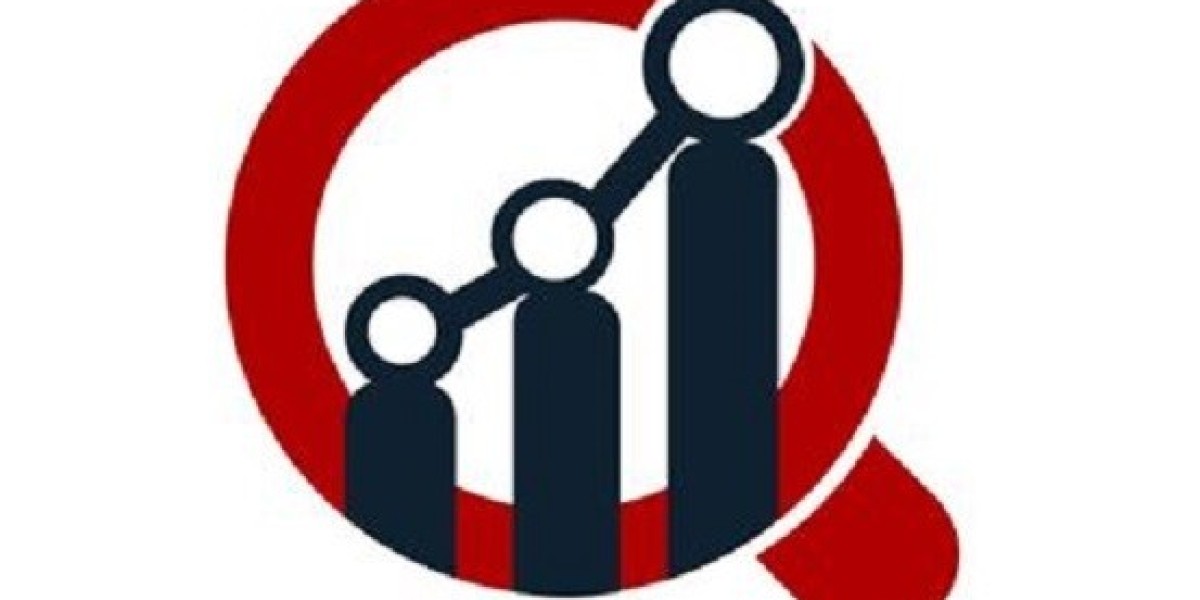The German language, known for its rich cultural heritage and widespread usage, follows a structured framework to assess proficiency. The Common European Framework of Reference for Languages (CEFR) categorizes language proficiency into six levels: A1, A2, B1, B2, C1, and C2. These levels outline the skills and competencies necessary for effective communication in German.
A1 and A2 Levels: Beginner Proficiency
At the A1 level, learners grasp fundamental aspects of the language. They can introduce themselves, ask basic questions, and understand simple phrases related to everyday life. As learners progress to A2, they become more capable of expressing themselves in familiar contexts, constructing basic sentences, and understanding frequently used expressions.
B1 and B2 Levels: Intermediate Proficiency
B1 marks the threshold where learners can navigate routine tasks independently. They begin to engage in conversations on familiar topics, express opinions, and understand the main points of clear texts. Progressing to B2 reflects a more sophisticated understanding; individuals can articulate ideas fluently, comprehend complex texts, and participate actively in discussions on various subjects.
German Language Course in Pune
C1 and C2 Levels: Advanced Proficiency
C1 represents an advanced level where individuals can express themselves fluently and spontaneously. They comprehend nuanced texts, express opinions coherently, and engage in discussions effectively. Finally, C2 represents near-native proficiency, with individuals demonstrating native-like fluency and accuracy in both written and spoken German.
Assessing Proficiency and Advancing Skills
Proficiency exams like the TestDaF, Goethe-Zertifikat, or telc are widely recognized and assess one's level according to the CEFR framework. These exams evaluate reading, writing, listening, and speaking skills, providing a comprehensive assessment of language competency.
German Language Classes in Pune
Strategies for Improvement
Improving proficiency involves consistent practice and immersion in the language. Here are some strategies:
- Immersive Learning: Engage with German media, books, movies, and music to absorb the language naturally.
- Language Partnerships: Interact with native speakers through language exchange programs or online platforms.
- Structured Learning: Join language courses tailored to your proficiency level to receive guided instruction.
- Regular Practice: Dedicate time daily to practice speaking, listening, reading, and writing in German.
Importance of Language Proficiency
Proficiency in German opens doors to diverse opportunities. It enhances travel experiences, facilitates career growth, and enables access to educational opportunities in German-speaking countries. Moreover, it fosters cultural understanding and promotes connections within German-speaking communities worldwide.
Conclusion
The journey to mastering the German language spans various levels, each building upon the previous one. Whether for academic, professional, or personal reasons, advancing through these proficiency levels not only enhances communication skills but also broadens perspectives, fostering a deeper appreciation for the German language and culture. With dedication and consistent effort, achieving proficiency in German becomes an achievable and rewarding endeavor.








